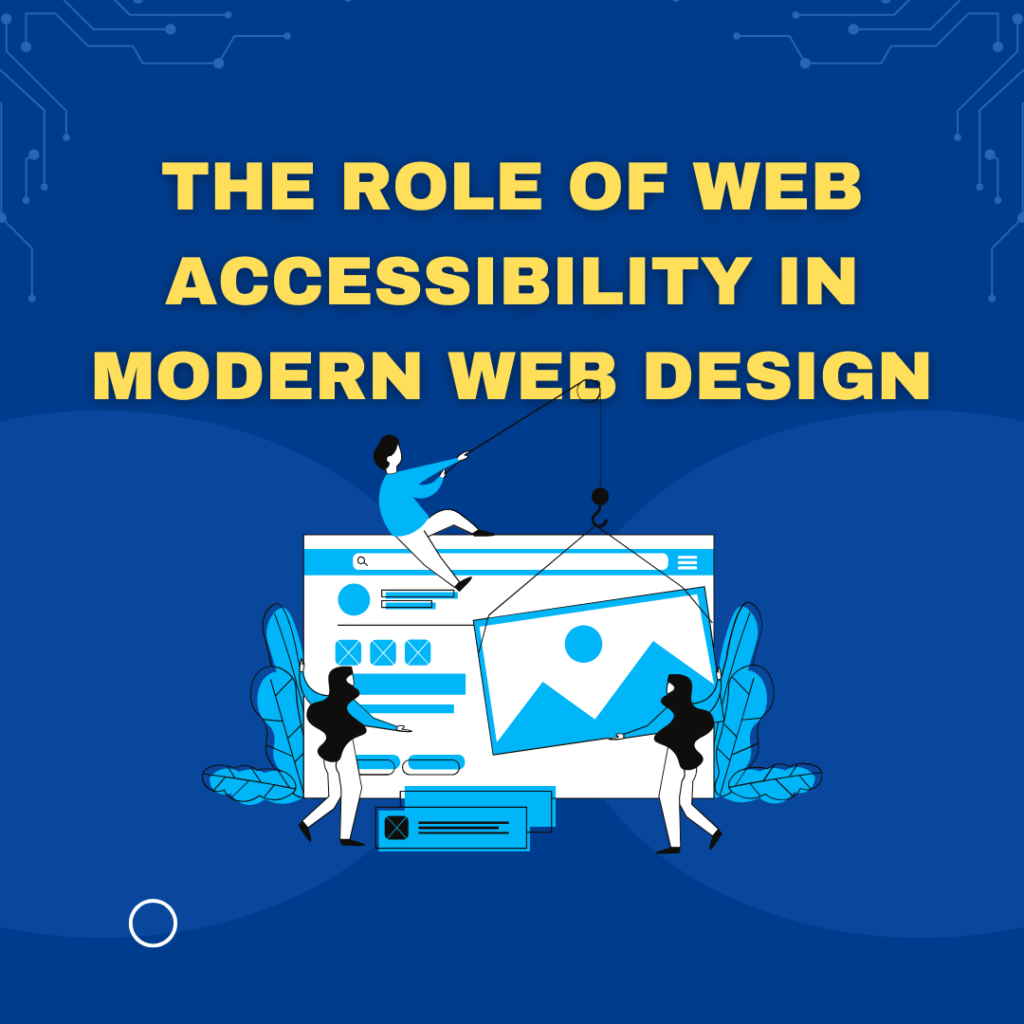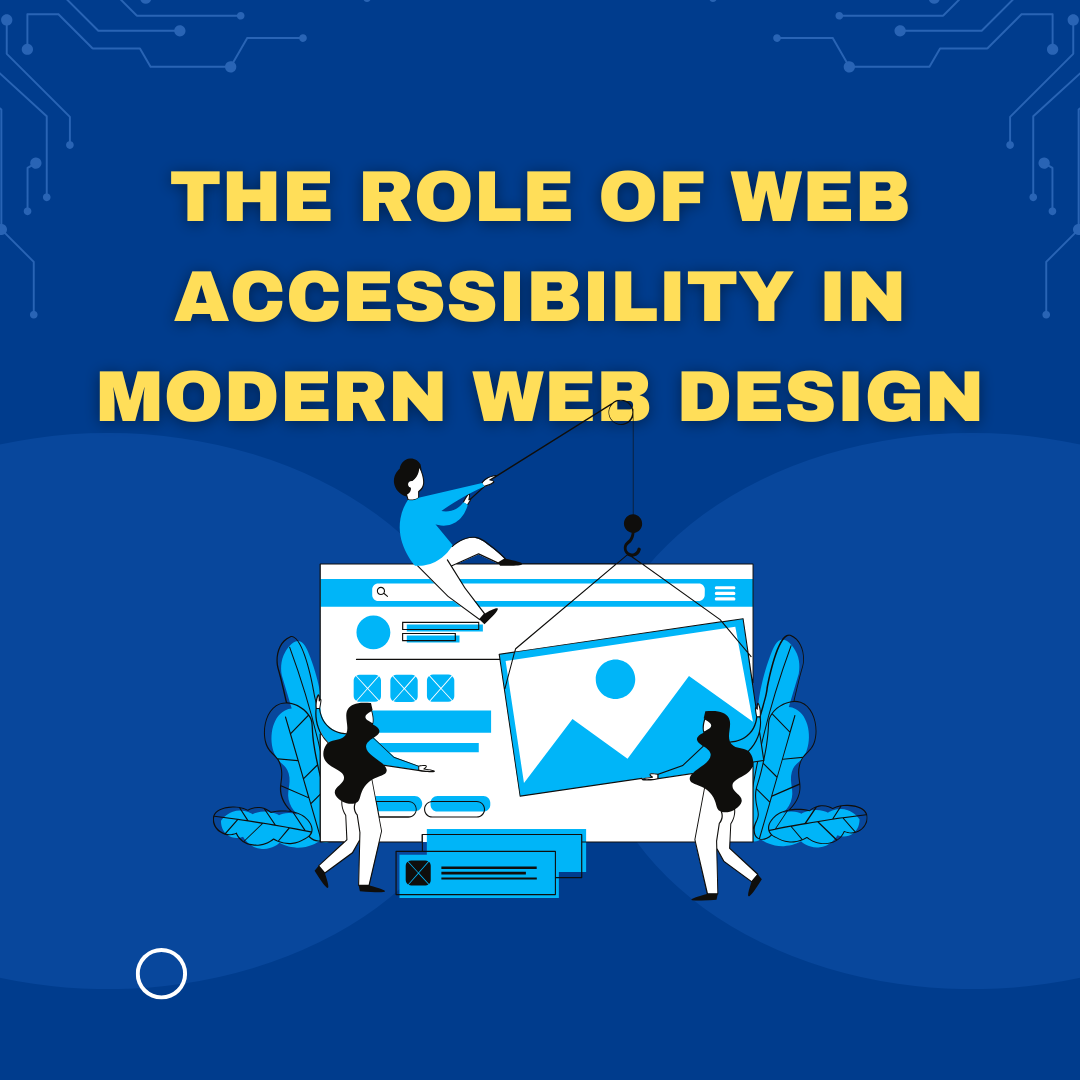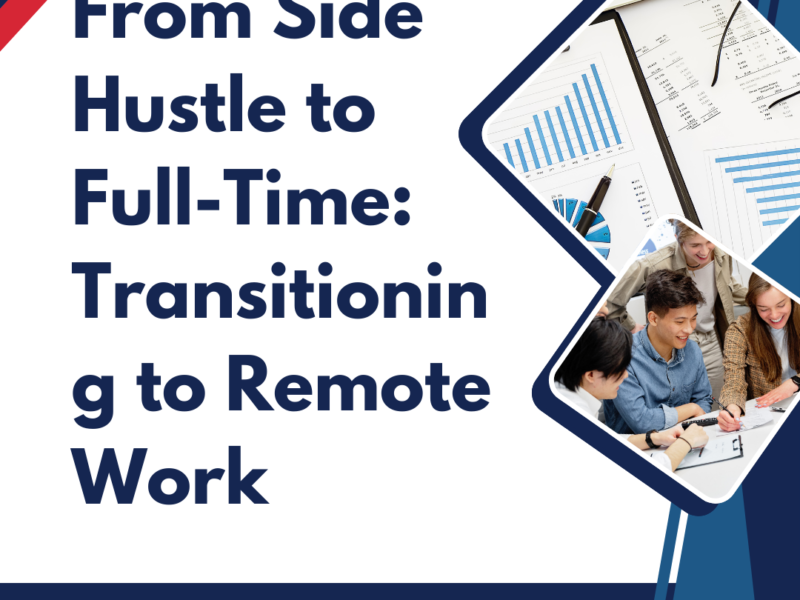The Modern Role of Accessibility in Web Design
All websites today must be designed accessibly so that all people will gain almighty value in accessing and interacting online content, no matter his or her abilities and disabilities. It is not only a moral requirement but a legal obligation in portions of the world. Such complete integration of the Internet into daily lives has made it essential for businesses, developers, and designers to embrace web accessibility and practice in making their works open to all users.
In this blog post, we shall look into what the need for web accessibility in modern web design is, the benefits of straightening some common factors affecting accessibility, availability barriers, and how to make accessibly real in practical works.

1. Understanding Web Accessibility
Web accessibility consists in creating and developing web content such that all people, regardless of the type of disability, can use them. Disabilities can include blindness, color blindness, lack of motor coordination, hearing impairment, cognitive impairment, temporary conditions like a broken limb, or the situational effect of bright sunlight.
Thus, all people with any impairment or disability can access the content, navigate around pages, fill out forms, and have a positive user experience. It is important because this world is not only a market for entertainment, but also for those willing to learn and share information; this must be possible for all.
2. The Legal and Ethical Imperative
Not only are best practices in the drive for web accessibility, but also legal and ethical ones. Accessibility standards in many countries are “ensured” by laws, regulations, and guidelines whose provisions ensure that digital content is indeed publicly available.
The Americans with Disabilities Act (ADA) covers web accessibility. In fact, it obligates businesses to make their websites accessible to persons with disabilities. Section 508, on the other hand, mandates that websites and electronic documents of U.S. Federal agencies must be accessible to persons with disabilities.
This is concerned with public sector websites and mobile apps that have to comply with accessibility requirements. Most countries in the world are about to have accessibility standards and regulations enforced to ensure access to online content.
Accessibility is not only a legal requirement but also a kind of moral obligation to make every website usable by everyone. Organizations that do not think of accessibility actually alienate a significant number of the population which may, in the end, lead to their withdrawals from the community. Accessibility also helps in promoting wide inclusivity, social responsibility, and equal opportunity to all users.
3. Benefits of Web Accessibility
People with visual disabilities, either blind or partially sighted, configure alt texts or even HTML structure and labels for navigating the entire content. Without these functionalities, a visually impaired user cannot glean even an iota of the content available on a website.
(b) Motor Impairments:
Motor disabilities are any inabilities to use a mouse or keyboard. Such online spaces are very inaccessible to persons with motor disabilities requiring extremely precise mouse movements or operations not navigable with a keyboard. The Role of Web Accessibility in Modern Web Design. Some examples are many websites that have dropdowns or buttons on forms that are extremely difficult to click on for a person who cannot use his hands that well.
Further, these persons with mobility impairments might need assistance from technologies like switches or voice recognition software to access websites. In such cases where they cannot access such tools to use the website, the website is no longer useful to them.
Hearing Impairments
Individuals having hearing impediments generally encounter troubles while visiting those websites which hang on audio as a major part of its content or interactions. The Role of Web Accessibility in Modern Web Design. Videos without captions and audio cues without visual indicators all create a barrier for a person with hearing loss.
For hearing impaired users, the website must provide captions for videos, transcripts for audio content, and visual cues for important information.
Cognitive and Learning Impairments
With cognitive or learning impairments, many people struggle with using simplified language, clear navigation, and very simple display formats. Websites that have complicated layouts, dense texts, or unclear instructions may tend to misplace this individual. And leave him/her unable to locate any relevant information or complete any necessary tasks.
Websites should thus employ simple language and keep an uncomplicated navigation system with a page layout that remains parallel.
e) Color mixed with Color blindness
A common visual defect marking a vast section of the population is color blindness. People with color blindness will not be able to comprehend two colors. Used together because sight is wholly reliant on color for carrying information.
To avoid this problem, the designers should not rely on color only for some significant information and maintain proper contrast. Between the text and the background for all users to read without hindrances.
5. Practical Strategies for Implementing Web Accessibility
Web developers and designers have a lot of strategies to make their websites even more accessible. “Here,” he wrote, “are best-practice methods for making sure that your site is fully accessible:”.
a) Use Semantic HTML
Semantic HTML is the first step to accessible web design. The proper use of HTML tags (headings, lists, paragraphs, links, etc.) helps ensure that the content is made meaningful to the screen reader. It also serves the purpose of improving SEO and making it easier to understand and index content by search engines.
b) Providing Alternate Text for Images
Alternative text describes the images: it is what is required by the users with visual impairments.
c) Ensure Keyboard Accessibility
Some people with motor disabilities use keyboard navigation instead of mouse navigation. The Role of Web Accessibility in Modern Web Design. Tab indexing helps define the navigation order, enabling easy movement between elements.
d) Captioning and Transcription for Multimedia
Assure that the all stated multimedia contents are accessible to the audience. Who are hard of hearing; caption the video and transcribe the audio files. Captions should be those that exactly reproduce what is said in the audio, synchronized with an audio playback, and include reference to everything that is not speech like sound effects and music cues.
e) Test with Assistive Technologies
It is also very important to test websites with the assistive technologies, such as screen readers, keyboard navigation and voice recognition software. Some tools such as WAVE and Lighthouse can assist all developers in identifying their website accessibility problems.
f) Ensure Understandable and Seamless Navigation
Users with cognitive impairment require clear and concise content and an easy-to-understand navigation structure in websites. It is also necessary to use easy-to-read fonts, adequate font sizes, and proper contrast. It is also advisable to provide content in alternative formats, for example, an audio file or video.
6. Conclusion
Accessibility is no longer everything in web design. Nowadays, web content is accessible to everyone, regardless of physical ability, meaning no one is excluded. Hence a website can be different from the rest; it can be more inclusive apart from being used by a more extended audience.
The fact remains that much needs to be done in terms of accessibility to the web; however, there is much significant progress in the industry toward achieving a more inclusive digital space. With the rising demand for accessible content, more and more businesses that tout accessibility quickly realize that.. They improve the user experience and practice social responsibility and inclusion.
It is rather about making the whole digital world a little better and a little more equal for everybody.


